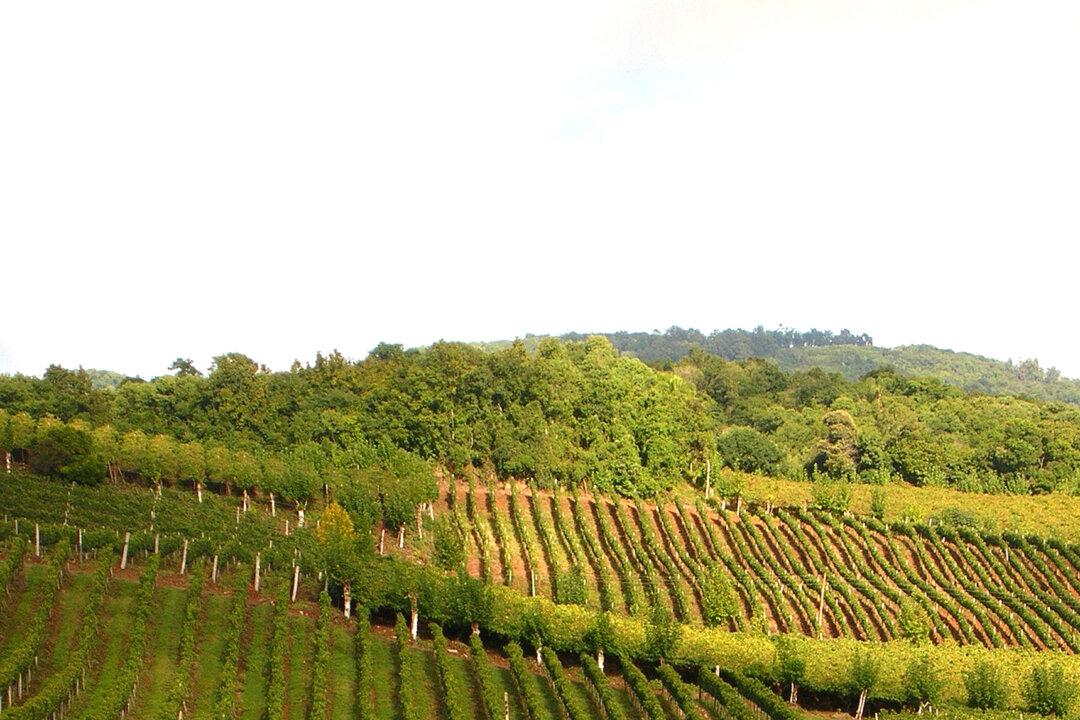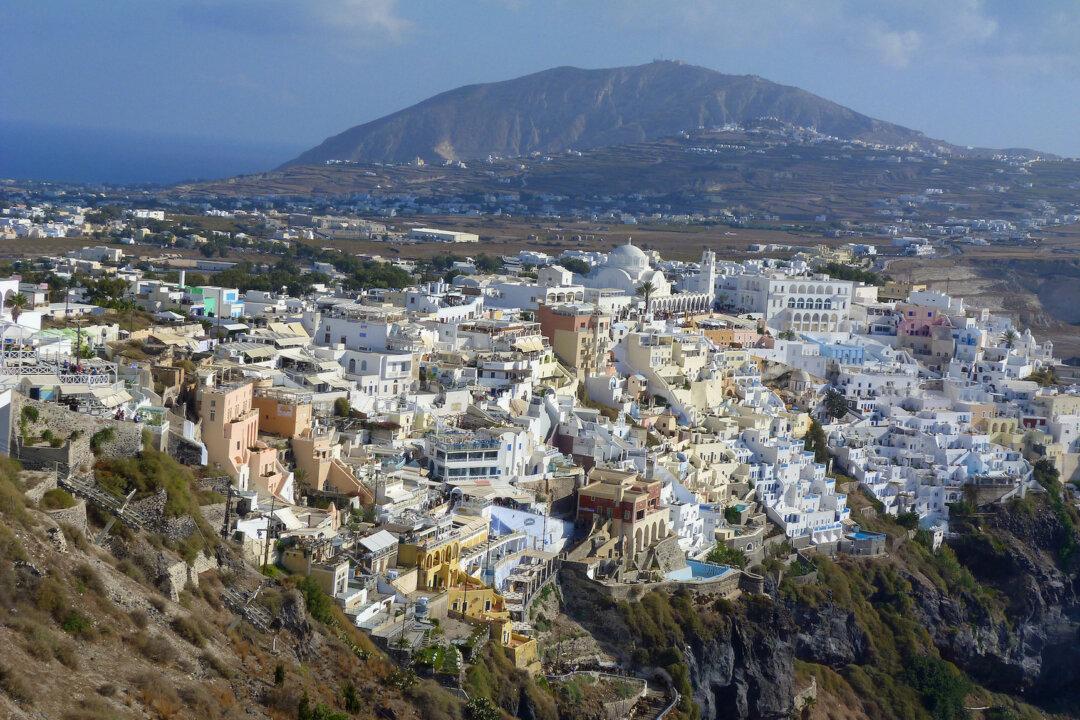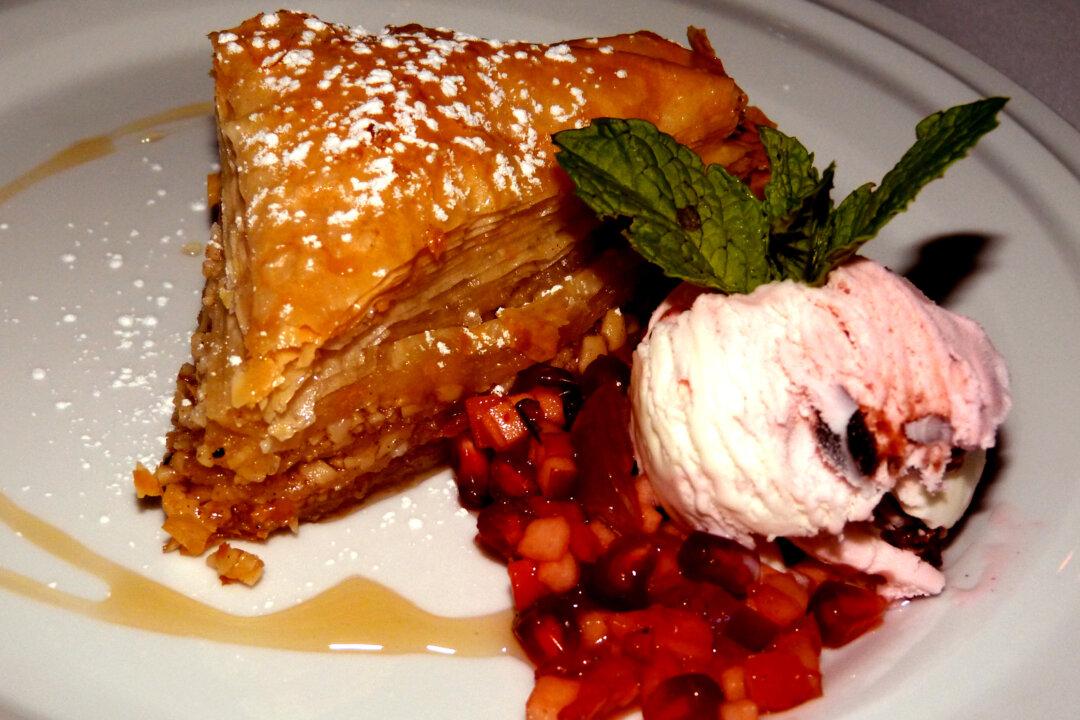Falanghina is an ancient grape variety of vitis vinifera used in Italy for white wines. It is cultivated mostly in Campania, north of Naples, and is commonly consumed in all of southern Italy. The vines thrive in the warm Mediterranean climate and the volcanic soil around Mount Vesuvius.
The first time I tasted Falanghina was during a journey through Lazio, the region southeast of Rome, known in Italy as the Ulysses Coast, and it was accompanying seafood.
According to Italian mythology, that was the area where Ulysses and his sailors were marooned on their way back to Ithaca and where they met the Cyclops, Circe, and had many of the adventures described in the Odyssey.
Falanghina is a light, refreshing, and bright wine that is especially good in hot weather. Sitting at a seaside restaurant in Sperlonga, eating a fresh-from-the-sea char-broiled squid on a crispy romaine lettuce salad and drinking Falanghina, with its lingering finish of citrus and minerals. … That’s the kind of repast that makes the hassles of traveling worth it!
The Savanna Sogno Due Falanghina I had a few weeks ago at home, accompanying freshly made pasta with a light marinara sauce, came really alive in my mouth.
It is created by Roberto Cipresso, one of Italy’s most prominent consulting winemakers. It is made from ungrafted vines that average between 70 and 80 years old; it is fermented at low temperatures in steel tanks, and doesn’t see any oak.
This gold-greenish hued wine is crisp with white fruit, pear, and apple flavors. The initial taste is smooth as silk and is surprisingly full-bodied. There is a well-balanced citrus and minerals finish, not too tart, not too sweet.
Another Falanghina that I came across in my local wine store is the one from Feudi di San Gregorio, and I found it to be especially good with some tomato-heavy Neapolitan-style seafood pasta dishes.
Labeled as “Falanghina del Sannio,” it is a very aromatic DOC (Denominazione di Origine Controllata) wine, straw yellow-colored with greenish reflections, that pairs perfectly with lighter summer dishes, especially squab or quail, but is also excellent with grilled trout or a seafood salad. It is well-balanced, with an almost salty fruity acidity that would also make it an excellent aperitif.
At a recent vintner’s diner, we had a chance to taste a couple of Falanghina wines from the DonnaChiara winery that paired very well with the restaurant’s cuisine. One was the Beneventano Falanghina IGT, made from 100 percent falanghina grapes. It is a charming, straw yellow-colored wine, mildly aromatic, herbal with acacia and citrus aromas. The palate was soft but dry, with a long mineral and citrus ending.
The surprise was the sparkling Falanghina aperitif, made in the Charmat-Martinotti method. This was the very first sparkling Falanghina I’ve ever tasted. It is a spumante sparkler, bright and florally delicate. It has a fine perlage and a nose of citrus with notes of yeast.
Look for a Falanghina at your wine store, it would be well worth the effort.
To your health!
Manos Angelakis is a well-known wine and food critic based in the New York City area. He has been certified as a Tuscan wine master, by the Tuscan Wine Masters Academy, as well as being an expert on Greek, Chilean, and Catalan wines. He judges numerous wine competitions each year and is the senior Food & Wine writer for LuxuryWeb Magazine, www.luxuryweb.com, and The Oenophile Blog, www.oenophileblog.com.




